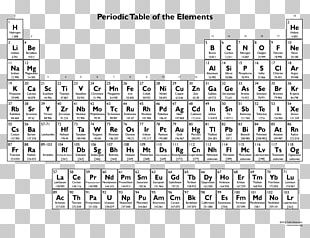
Problem: What is the wavelength (in nm) of the photon absorbed by a Li2+ ion when the ion is excited from the 2nd excited state to the 4th excited state?Īfter a brief review of the topic “The Bohr Equation,” students are prompted to address key concepts involved in the problem and guided through the problem-solving process. This format is designed to help you gain a deeper understanding of the concepts underlying problems.Įxample Problem for a Specific Topic: The Bohr Equation The custom-designed exercises and selection of problems include an emphasis on conceptual aspects of the topic. These problem sets are designed to help develop self-teaching and problem-solving skills, as well as to call attention to crucial concepts discussed in lecture through exploration and analysis of challenging example problems. Following the quiz and a brief summary of the week’s topic(s) by the trained recitation leader, students will work in small, structured groups on guided-inquiry problem sheets that have been written specifically for Washington University Chemistry 111A and 112A topics.


Recitations: Recitation sections are 1.5 hours long and include a quiz during the first 15 minutes of class. These subsections follow the POGIL (Process Oriented Guided Inquiry Learning) method and are designed to enhance your understanding of the topics introduced in lecture through specifically-designed question packets that are completed with a small group and discussed thoroughly each week.
Periodic table chemistry 111 how to#
Periodic table chemistry 111 free#
The next section of the course describes chemical thermodynamics with a focus on heat, work, internal energy, enthalpy, entropy, and Gibbs free energy. The key concepts of chemical equilibrium for gas-phase reactions, heterogeneous (multi-phase) reactions, acid-base reactions, and solubility equilibria are introduced first. This course covers chemical equilibrium, thermodynamics, and kinetics, and their roles in describing and determining chemical processes. Understanding of vectors and how to graph them.Familiarity with kinetic energy, potential energy, forces (F = ma), velocity, and a conceptual idea of momentum.Proficiency with simple quantitative word problem solving.Proficiency in algebra and trigonometry.The electron and its properties will be shown to be responsible for atomic structure, atomic orbitals, atomic spectroscopy, chemical periodicity, the arrangement of the periodic table, chemical bonding, molecular geometry, and intermolecular forces. Students will achieve a strong foundation in molecular structure, chemical bonding, and introductory quantum mechanics. This course traces the story of the electron and the strange behavior resulting from its dual wave-particle character – from free electrons, to electrons in atoms, to electrons in molecules. In the early 1900s, the periodic table of the elements hung in laboratories and classrooms around the world, nearly as it appears today, and no one could explain why it was arranged as it was. That explanation required the discovery of the mysterious, dual wave-particle behavior of the electron, which forms the basis for most of modern chemistry.

The General Chemistry sequence (111A/112A) is recommended for students who have taken AP Chemistry or two years of chemistry in high school OR students who have taken one year of chemistry and one year of physics in high school.


 0 kommentar(er)
0 kommentar(er)
